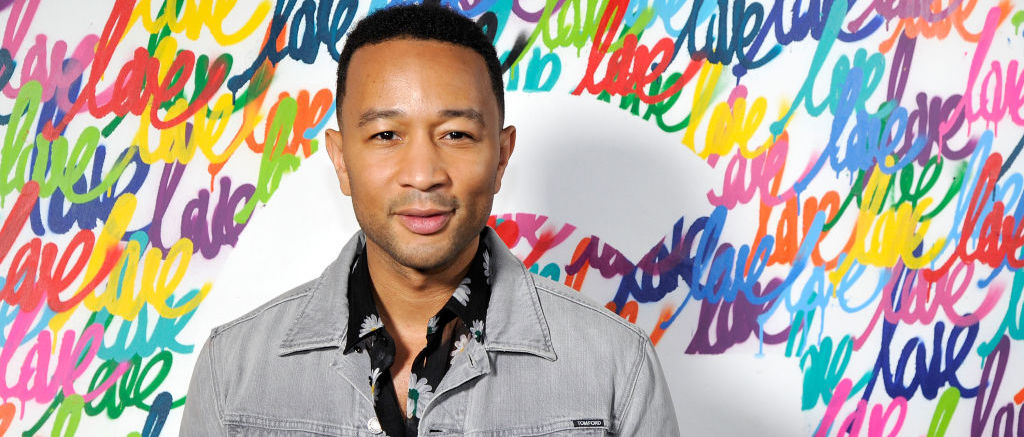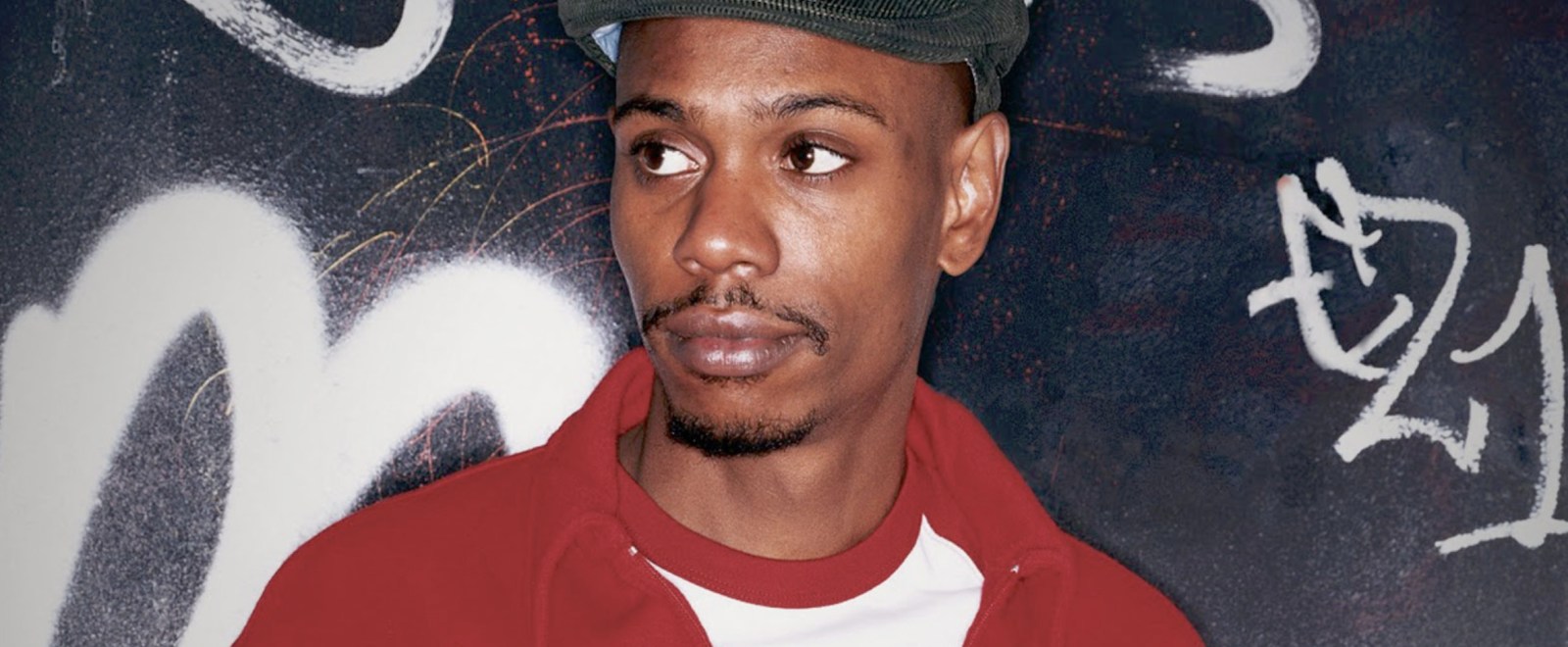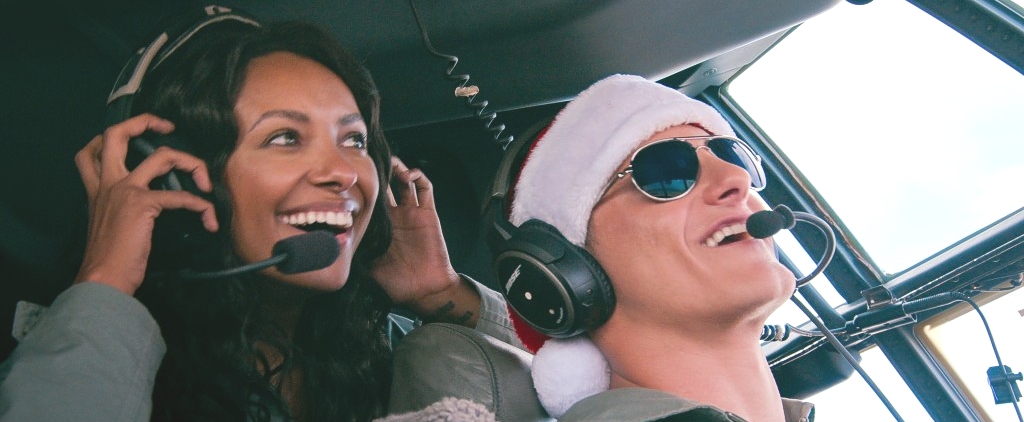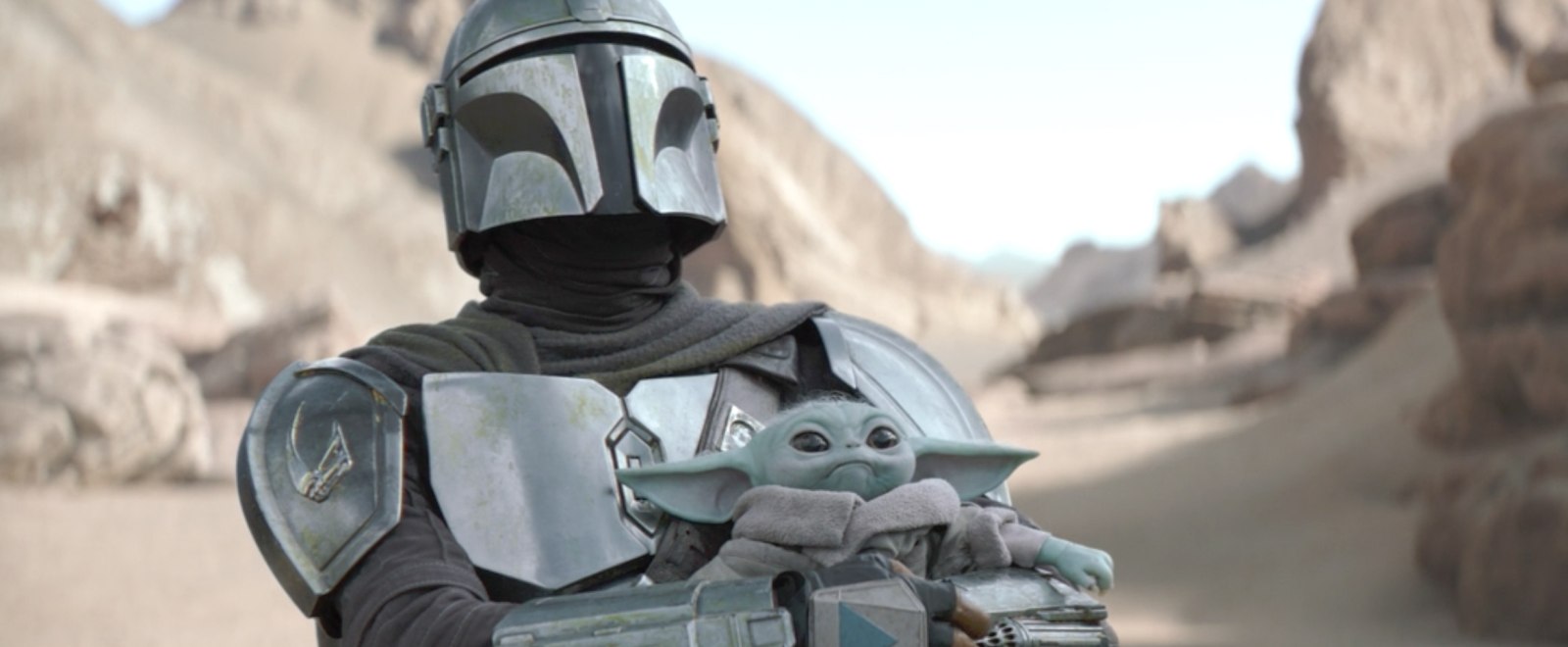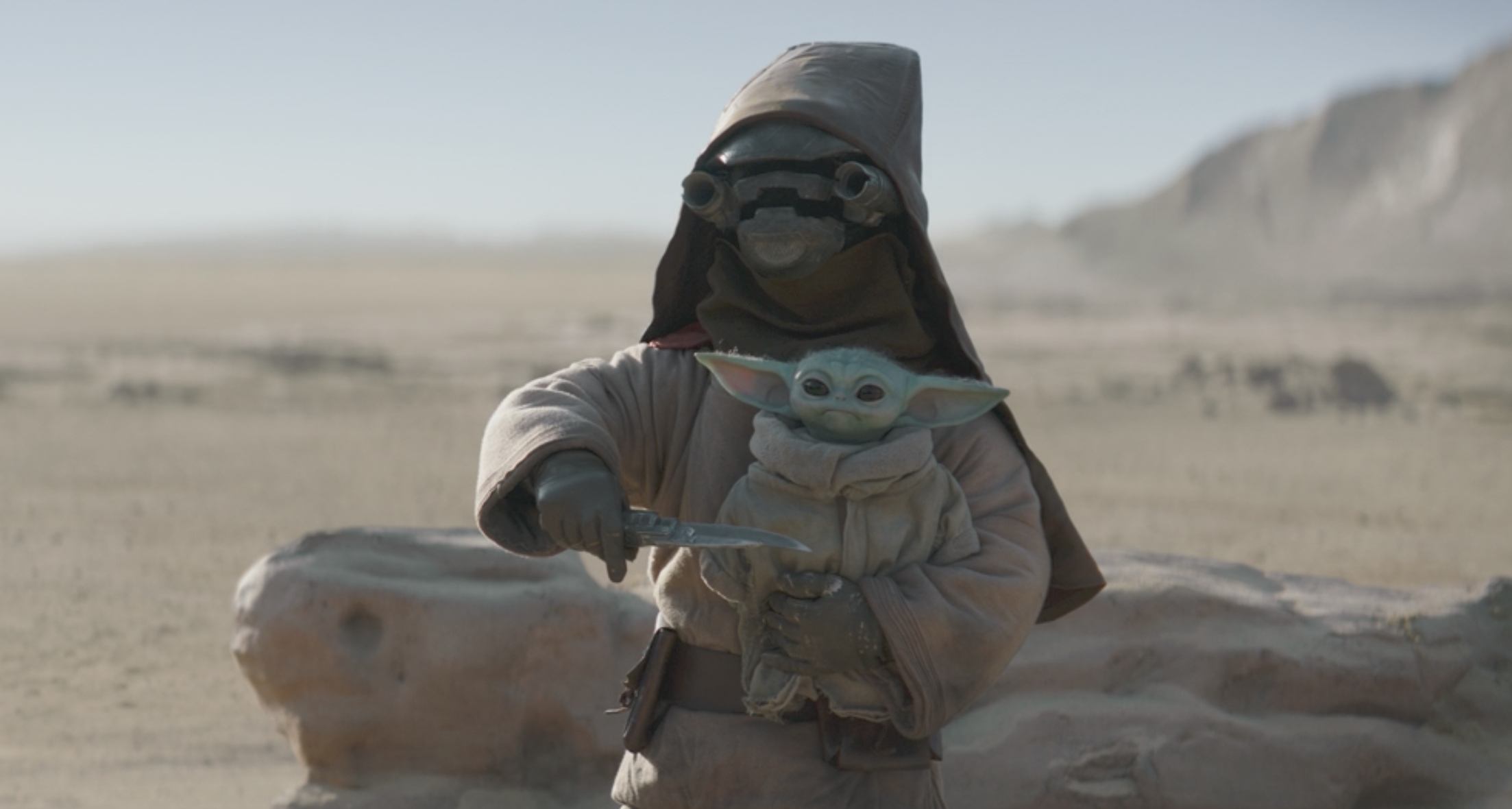Beloved Today co-host and weather anchor Al Roker is battling prostate cancer, and he discussed his prognosis on Friday morning’s edition of the NBC morning show. As seen in the above clip, Roker announced that he’ll be taking some time away from work to treat the cancer, and the 66-year-old icon is wasting no time, given that he’s scheduled next week for surgery to remove his prostate. As far as his health outlook is concerned, Roker didn’t hold back on the positive or negative front.
“It’s a good news-bad news kind of thing,” Roker explained. “Good news is we caught it early. Not great news is that it’s a little aggressive, so I’m going to be taking some time off to take care of this.” He does remain optimistic that “hopefully in about two weeks,” he might be able to return to America’s TV screens. Roker also pushed back at the notion of anyone feeling sorry for him and definitely doesn’t “want people thinking, ‘Oh, poor Al’ because I’m gonna be OK.”
While breaking the news of his own diagnosis, however, Roker wished to shine light on how Black men are at increased risk for prostate cancer, given that 1 in 7 Black men will receive a similar diagnosis to his news. “The problem for African American men is that any number of reasons from genetics to access to health care,” he declared. “So we want to make it available and let people know they got to get checked.”
All well wishes are going out to Al Roker for a full recovery, along with a speedy return to our living rooms.


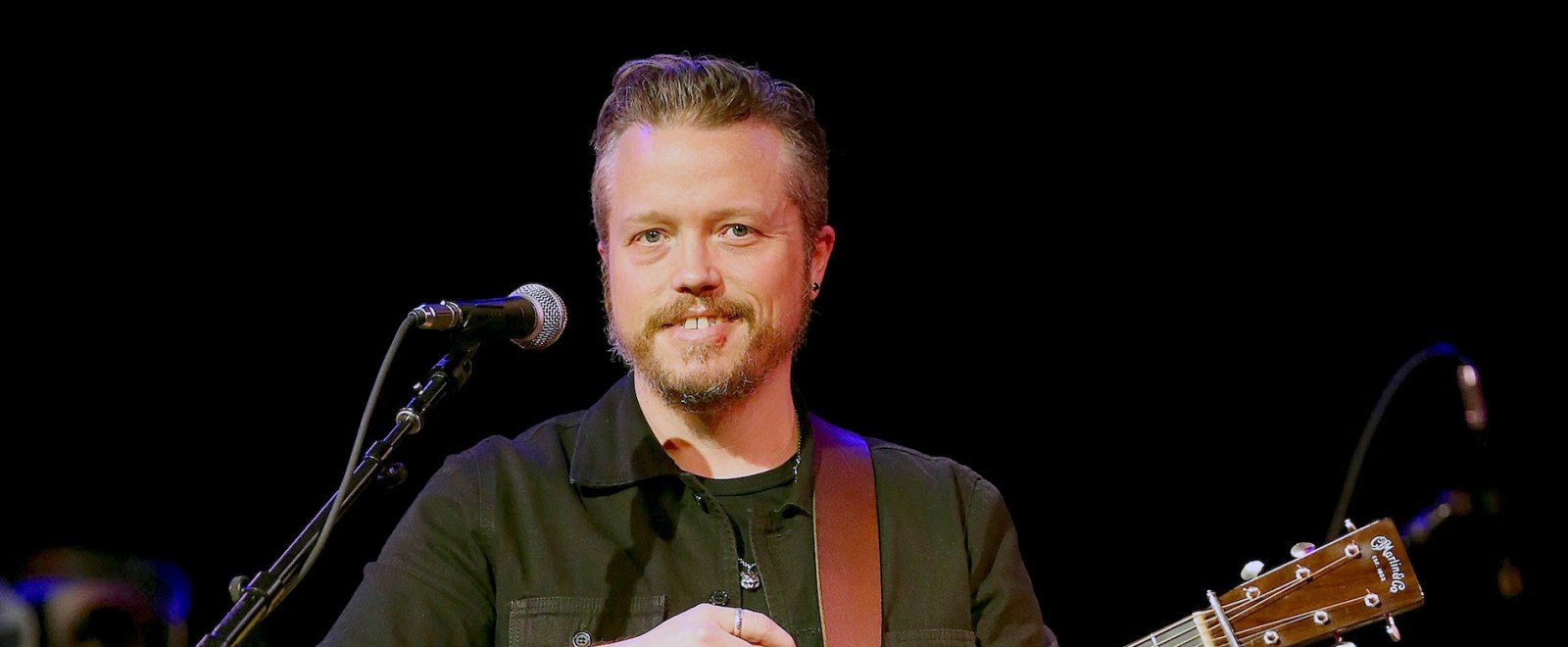
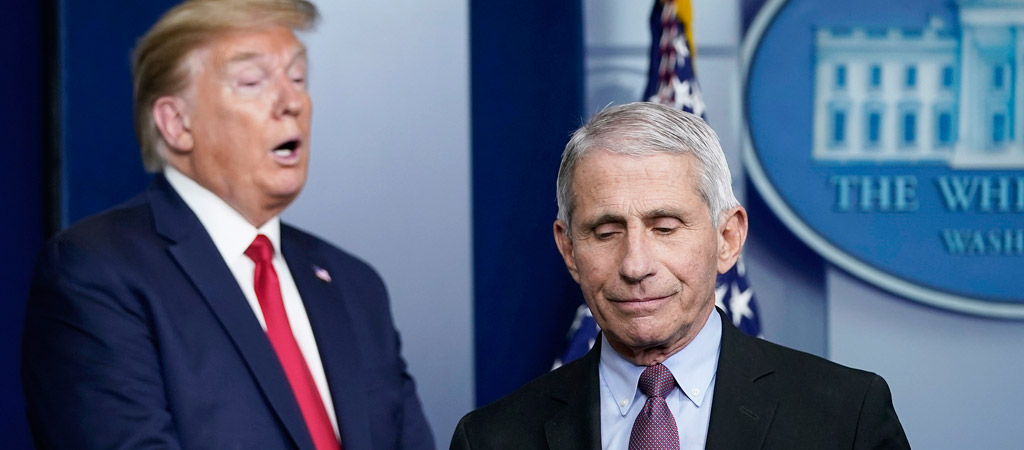

 (@borzou)
(@borzou) 